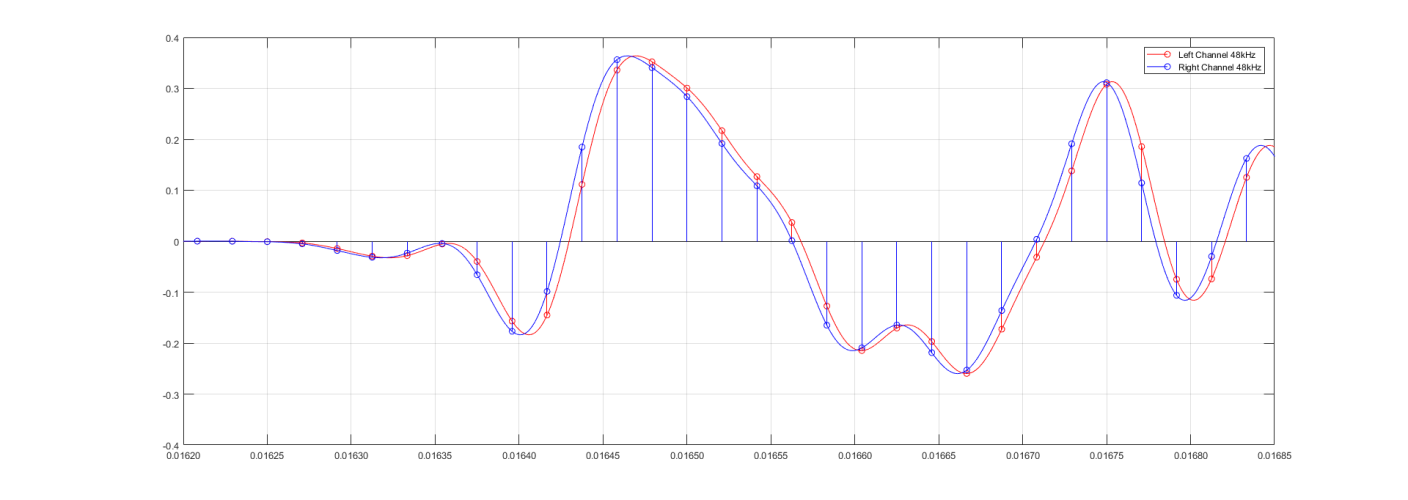Scarydog
New Head-Fier
- Joined
- Mar 9, 2013
- Posts
- 34
- Likes
- 90
I have played around with HQPlayer a few times and finally bit the bullet and bought a copy 6 months ago. I have repurposed an older Mac Mini now running linux and HQplayer Desktop.
It works fine, I can upsample PCM ok, not really enough grunt to upsample to DSD but that’s fine.
But I have a coupe of issues with HQPlayer.
The interface is terrible, really poor feedback and some really quirky bugs. I saw that new version has been released with a new interface. I downloaded it and tried it, it was better so I thought I would buy it. Unfortunatley the price to upgrade is nearly as high as the original purchase price, which I already thought was not great value.
The only alternative I can think of is Roon. It doesnt sound as good, but is certainly much easier to use (and much less expensive)
I have had a bit of a search for hardware solutions but can’t find quite what I am after.
I’d be grateful for any suggestions for software or hardware upsamplers.
It works fine, I can upsample PCM ok, not really enough grunt to upsample to DSD but that’s fine.
But I have a coupe of issues with HQPlayer.
The interface is terrible, really poor feedback and some really quirky bugs. I saw that new version has been released with a new interface. I downloaded it and tried it, it was better so I thought I would buy it. Unfortunatley the price to upgrade is nearly as high as the original purchase price, which I already thought was not great value.
The only alternative I can think of is Roon. It doesnt sound as good, but is certainly much easier to use (and much less expensive)
I have had a bit of a search for hardware solutions but can’t find quite what I am after.
I’d be grateful for any suggestions for software or hardware upsamplers.
















